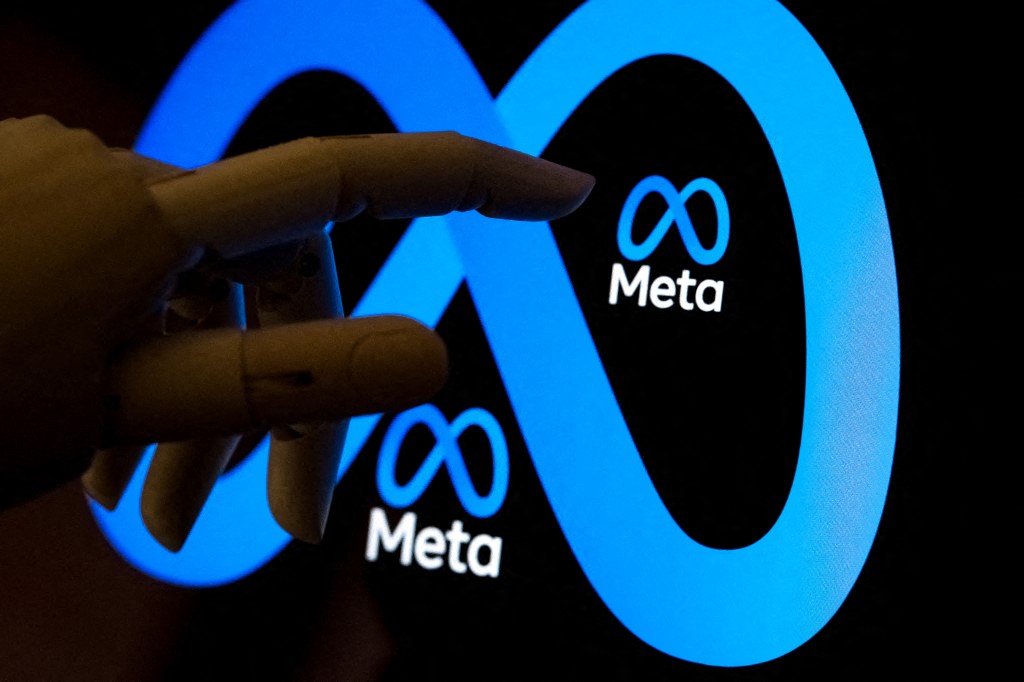Launched as a start-up at ArabNet Dubai in 2014, TaskSpotting began as a research and insight crowdsourcing app that actually paid its users for participating in a “mission”. Essentially, the mobile app relied on geolocation to let users know about missions available around them – whether it was trying a new restaurant or comparing prices at car dealerships – and then paid them for completing the task and providing feedback. Today, TaskSpotting is no longer a start-up; it’s more of a “young enterprise”, says Karim Aly, co-founder and CEO of the company. TaskSpotting was off to a good start right from its launch, working with the likes of Unilever, Mars and Pepsi. However, as its consumers evolved, so did the app and the company.
Growing up
“We were a ‘nice-to-have’, not a must-have,” says Aly. While brands appreciated the real-time and unbiased feedback they were receiving, they wanted more, as is almost always the case. So, Aly and his partners went back to the drawing board, but, this time, they pulled brand managers into an exploratory discussion to understand what TaskSpotting could do to help them. The meeting ended up identifying three key areas for the then start-up to work on to help brands:
– Increase customer engagement
– Improve sampling methods by getting
– the product into the right hands
– Generate increased word-of-mouth on online platforms
With this in mind, TaskSpotting 2.0 was launched in November 2015 to help brands meet these three objectives. In the process, the app went from a small start-up, getting real-time feedback and paying users in cash, to one that now helps brands engage with the right target audiences.
New look, new ways
While this revamp accelerated TaskSpotting’s journey from a ‘nice-to-have’ to a ‘must-have’, it wasn’t quite there yet, because of its positioning in the brand-agency relationship. TaskSpotting had always worked directly with brands and brands increasingly wanted to consult with their media agencies and would end up putting the two in touch. As a natural progression, TaskSpotting started working more and more with the agencies and has now reached a point where 80 percent of its work comes from agencies such as OMD, SMG, GroupM and UM, enabling it to be a more integrated part of a brand strategy. Although most of the campaigns on the app are run across the GCC region and Egypt, TaskSpotting doesn’t have any geographic limitations, making it a more cost-efficient choice for blanket regional strategies.
Inner workings
As community engagement is at the core of what TaskSpotting aims to do, it only makes sense that the new and revised version is made up of “communities”, explains Aly. Brands build these communities and app users can join them based on criteria set by the brand to ensure that those joining are the right target audience. When users join the app, they only see missions and brand communities that they are eligible to join. As they complete missions, they receive points, enabling them to participate in new missions.
It might seem that, since there is no monetary gratification anymore, users may not be as keen to participate in the missions. However, Aly suggests that it’s quite the contrary: “Ninety percent of the app’s users are millennials and they’re not driven by monetary gratification.” Instead, they look for brand authenticity. However, millennials are also known for getting bored quickly and, so, it may not be long before they start looking for more than just points leading to the next mission. “We are building a rewards marketplace,” says Aly, which will allow users to exchange points in return for actual goods.
In the ecosystem of paid, owned and earned media, genuine content has become a rare commodity – and, therefore, one of increasing value for brands. The new mechanism allows users to choose the brand and missions they want to be part of, thus ensuring that they are truly interested in the brand and will generate genuine content.
At a time when ad-blocking has become a huge threat to advertisers, it’s interesting – even crucial – for brands to let audiences come to them, rather than pushing content in the hope of simply grabbing more eyeballs.






